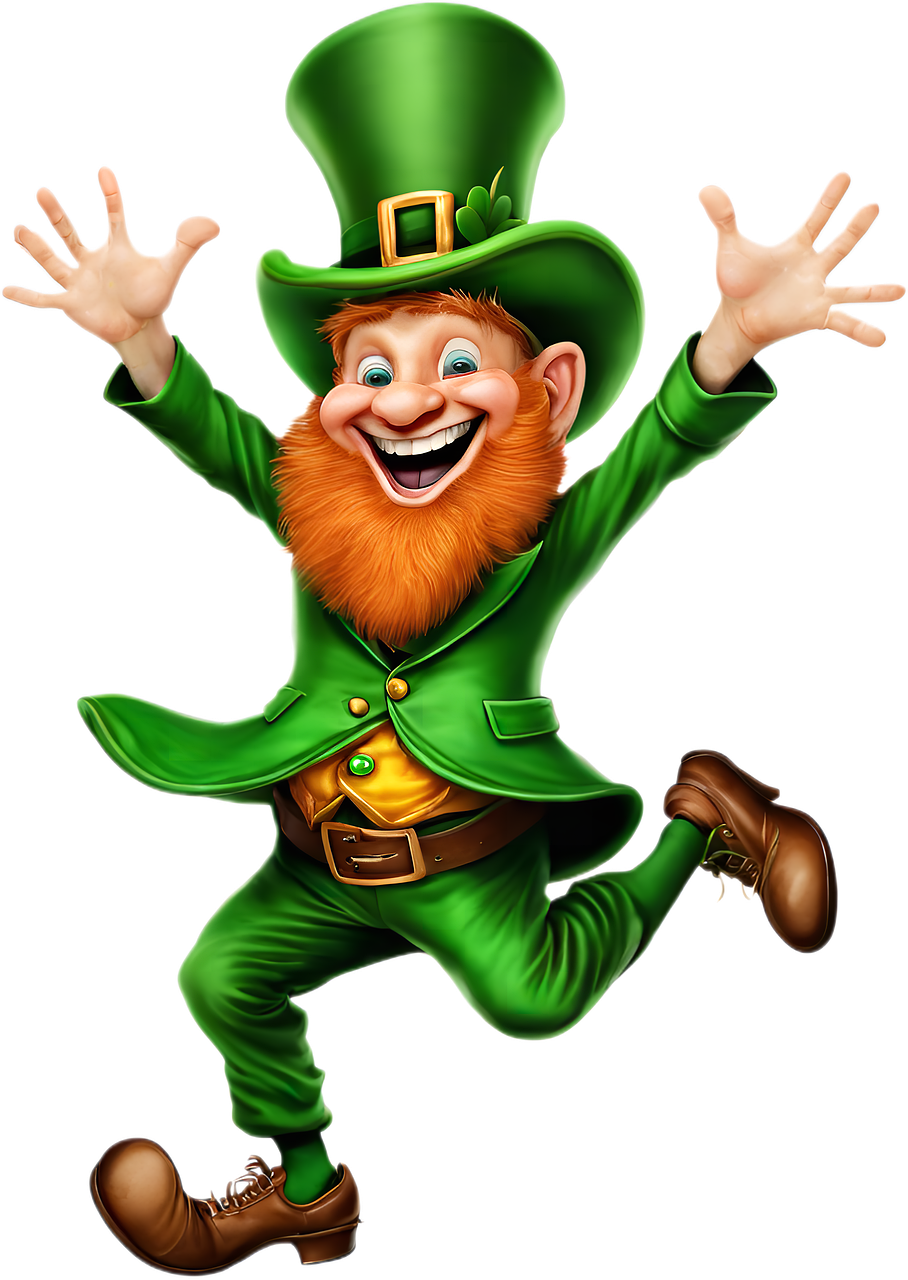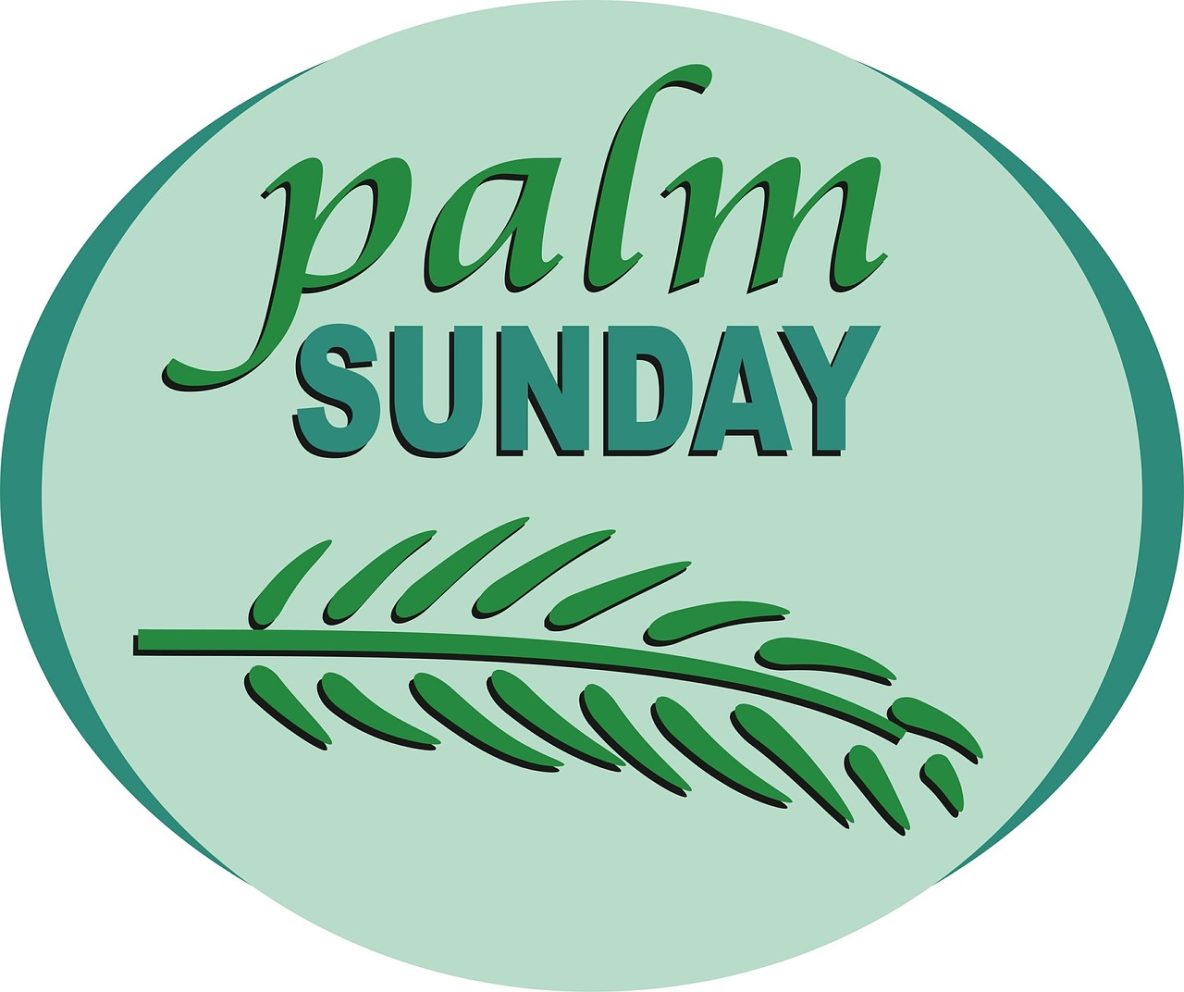
St. Patrick’s Day, celebrated every year on March 17th, has evolved from a religious feast day commemorating St. Patrick, the patron saint of Ireland, into a worldwide celebration of Irish culture, history, and traditions. While the holiday has deep roots in Ireland, its widespread popularity has made it a global occasion, marked by parades, parties, and the wearing of green. But what is the true story behind St. Patrick’s Day, and how has it become the joyful, multifaceted celebration we know today?
The Origins of St. Patrick’s Day
St. Patrick’s Day honors St. Patrick, a missionary credited with bringing Christianity to Ireland in the 5th century. Born in Britain, Patrick was captured by Irish raiders at the age of sixteen and taken to Ireland as a slave. After six years, he escaped and returned home. However, Patrick felt a calling to return to Ireland as a missionary. He was ordained as a bishop and returned to the land of his captivity to spread Christianity.
The story of St. Patrick’s life is woven with legend. One of the most famous myths is that he drove all the snakes out of Ireland, symbolizing the conversion of the Irish from paganism to Christianity. He is also said to have used the shamrock, a three-leafed clover, to explain the Holy Trinity (Father, Son, and Holy Spirit) to the Irish people.
March 17th, the date of St. Patrick’s death, became a feast day to honor his life and work. Originally a religious observance, St. Patrick’s Day was a day for Irish Catholics to celebrate their heritage and their saint.
The Global Spread of St. Patrick’s Day
While St. Patrick’s Day was initially a religious event in Ireland, it gradually grew in popularity. Irish immigrants in the United States played a significant role in transforming the holiday into a broader cultural celebration. The first St. Patrick’s Day parade occurred not in Ireland, but in New York City in 1762, when Irish soldiers serving in the British army marched to celebrate their heritage. Over time, the parade became a central feature of the holiday, drawing people of Irish descent—and those with no Irish roots at all—into the festivities.
By the 19th century, St. Patrick’s Day had become a symbol of Irish pride, especially for immigrants who faced discrimination and sought to create a sense of community and solidarity. Parades, parties, and public displays of Irish culture became common in cities with large Irish populations, particularly in the United States.
Today, St. Patrick’s Day is celebrated worldwide. It is a public holiday in several countries, including Ireland, Northern Ireland, and parts of Canada, Australia, and the Caribbean. In countries where it is not an official holiday, such as the United States, the celebration has taken on a more secular and inclusive tone, with people of all backgrounds joining in the festivities.
The Symbols of St. Patrick’s Day
One of the most recognizable symbols associated with St. Patrick’s Day is the shamrock, the three-leafed clover that St. Patrick is said to have used to explain the concept of the Holy Trinity. The shamrock is now a symbol of both Ireland and Irish identity. It’s often seen in decorations, clothing, and accessories during the holiday.
The color green is also strongly associated with St. Patrick’s Day. According to Irish legend, wearing green makes you invisible to leprechauns, mischievous fairies who pinch anyone not wearing the color. Green is also linked to Ireland itself, often referred to as the “Emerald Isle” due to its lush, green landscapes. The association of the color with St. Patrick’s Day is now so widespread that people all over the world wear green clothing and accessories on March 17th.
Leprechauns, though not part of St. Patrick’s historical narrative, have become another popular symbol of the holiday. These mythical Irish creatures, known for their trickery and their pots of gold at the end of rainbows, have been embraced in modern celebrations, appearing in parades, decorations, and even as mascots for St. Patrick’s Day events.

The Festivities: Parades, Food, and Drink
St. Patrick’s Day is most famous for its lively parades and public celebrations. The largest and most famous of these is held in New York City, where millions of spectators gather to watch colorful floats, traditional Irish music, dancers, and bagpipes. Other cities with significant Irish populations, such as Boston, Chicago, and Dublin, also host grand parades. In Dublin, the Irish capital, the St. Patrick’s Festival spans several days, featuring performances, street events, and a sense of national pride that unites people of all ages.
Food and drink are also central to St. Patrick’s Day celebrations. While traditional Irish foods, such as corned beef and cabbage, have become iconic for the holiday, many of these dishes are more of an American invention than an Irish tradition. In Ireland, the meal of choice on St. Patrick’s Day might include lamb, potatoes, and soda bread. However, corned beef and cabbage, once a frugal meal for Irish immigrants in America, has become the stereotype of Irish cuisine on the holiday.
Drinking is another significant aspect of St. Patrick’s Day celebrations, with many people toasting with pints of Irish beer or whiskey. Irish pubs around the world often see a surge of customers on March 17th, and some even dye their drinks green to mark the occasion. However, it’s important to remember that St. Patrick’s Day is about more than just drinking—it’s an opportunity to celebrate Irish culture, music, and community.

The Irish Spirit and Cultural Pride
At its core, St. Patrick’s Day is about celebrating Irish culture and heritage. While the day is filled with fun, revelry, and sometimes excessive drinking, it also serves as a reminder of the resilience and contributions of the Irish people throughout history. From their roots in Ireland to their influence around the world, the Irish have made an indelible mark on global culture.
In Ireland, St. Patrick’s Day is a national holiday, and it remains an occasion for reflecting on the country’s history, its traditions, and its unique identity. It’s also a time to recognize the global Irish diaspora, who have brought their culture with them to every corner of the world.
Conclusion
St. Patrick’s Day has come a long way since its origins as a religious feast day in Ireland. What began as a day to honor a saint has evolved into a vibrant, worldwide celebration of Irish culture. Whether you’re wearing green, attending a parade, or raising a glass to Ireland, St. Patrick’s Day offers a unique opportunity to embrace the rich history and lively spirit of the Irish people. So, this March 17th, whether you’re Irish or not, join in the fun—there’s no better way to celebrate the luck of the Irish!




